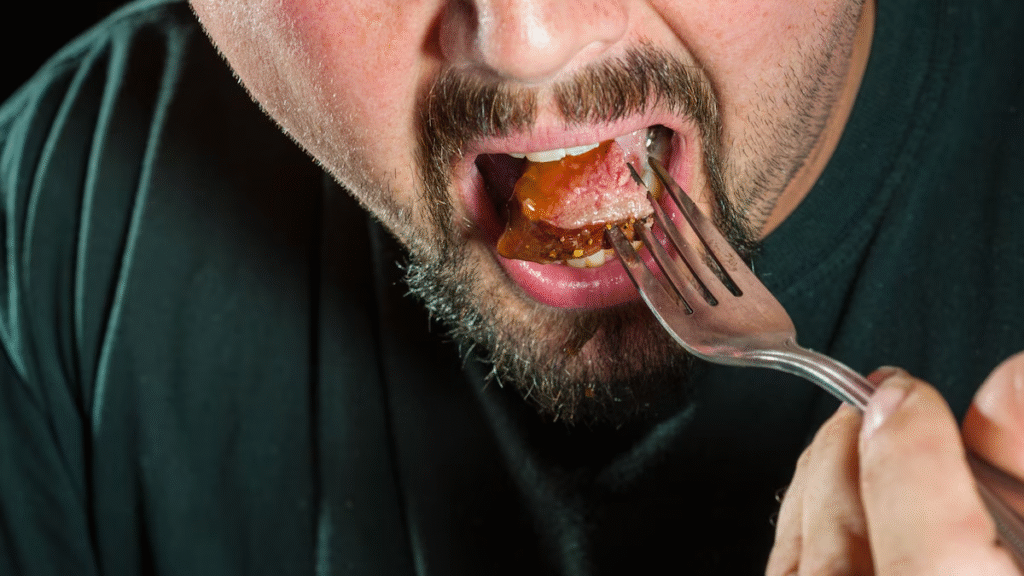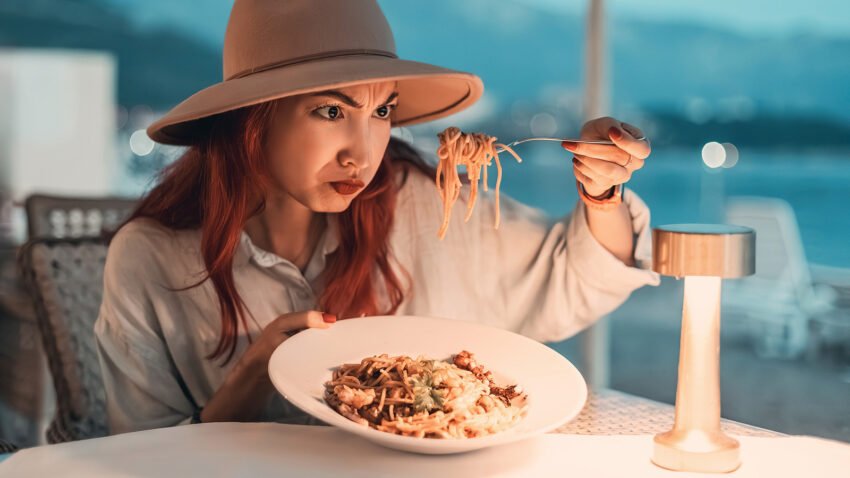Picture this: you’re biting into pad thai from a bustling Bangkok street stall or savoring raw milk cheese at a cozy French bistro—pure bliss in the moment. But for many travelers, those unforgettable local flavors sometimes come with an unwelcome side effect: food poisoning, turning dream vacations into unpleasant memories.
According to a 2015 study in BMJ Clinical Evidence, food or water-related stomach bugs affect anywhere from 30 to 70 percent of travelers during or right after their trips. And it’s not rare—every year, one in six Americans and nearly one in ten people worldwide fall ill from bacteria (like E. coli, salmonella, or listeria), viruses (norovirus, hepatitis A), or parasites (giardiasis, roundworms, tapeworms).

While lower-income countries often get blamed for higher food poisoning risks, you’re just as likely to get sick from mishandled meals in Italy or Australia—or even from that sushi roll at your neighborhood grocery store.
So why does food poisoning happen, what should you do if it strikes, and how can you (maybe) avoid it?
What causes food poisoning?
There are 31 major pathogens known to trigger foodborne illnesses, including norovirus, salmonella, E. coli, clostridium perfringens, and campylobacter. Symptoms vary but can involve hours to days of diarrhea, vomiting, stomach cramps, fever, or body aches. The usual suspects? Undercooked chicken, turkey, or meat; raw milk; unwashed fruits and veggies; shellfish; and food left out too long (think open buffets) or prepared in unsanitary conditions.
(What causes motion sickness, and how can I stop it?)
Sometimes, it’s the water. The CDC warns that tap water in over 180 countries—including hotspots like the Maldives, Mexico, and the Bahamas—is unsafe to drink. Even brushing your teeth or washing your hands with local water can spell trouble.
“Giardia parasites are pretty common in contaminated water,” says Dr. Cindy Chung of Kaiser San Rafael Pediatrics in California. “When a kid comes in with sudden diarrhea, I ask, ‘Been camping? At the beach? Traveled recently?’”
What to do if you get sick
There’s no magic cure—most foodborne illnesses run their course as your body flushes out the toxins through diarrhea or vomiting. To ease discomfort, doctors recommend staying hydrated and using OTC pain relievers (like ibuprofen) for cramps.
Since vomiting and diarrhea are your body’s way of fighting off toxins, avoid anti-nausea or anti-diarrhea meds (like Imodium or Pepto-Bismol) unless you’re stuck on a plane or bus without bathroom access.
For hydration, Dr. Chung suggests Pedialyte or low-sugar Gatorade. “Too much sugar worsens vomiting and diarrhea,” she says. In severe cases—especially for kids or seniors—doctors may prescribe ondansetron (Zofran) to reduce vomiting so you can keep fluids down.
Too sick to travel? Some insurance policies cover flight changes due to food poisoning. “But you can’t get a retroactive doctor’s note after missing your flight,” says Michelle Couch-Friedman of The Points Guy and Consumer Rescue.
Prep before your trip
Consult your doctor or a travel clinic for destination-specific advice. “We might prescribe azithromycin for traveler’s diarrhea, often caused by E. coli,” says Dr. Chung. “But only use it if you see blood in your stool.” A hepatitis A vaccine can also protect against contaminated food or water.
To curb diarrhea, Mount Sinai experts suggest taking two Pepto-Bismol tablets four times daily before and during travel. A 1987 study found its active ingredient cuts traveler’s diarrhea risk by ~60%.
“E. coli is often the culprit, and Pepto may stop it before symptoms start,” says Dr. Michael Bolaris of Rancho Los Amigos National Rehabilitation Center. Just know it might turn your tongue or stool black temporarily.
Pack electrolyte powders, water purifiers, hand sanitizer, and meds (anti-diarrhea, anti-nausea, pain relievers). Keep them in your carry-on—just in case.
And skip airplane sink water—it’s not safe. “Washing your hands or brushing teeth with it can introduce germs,” warns Couch-Friedman. “Use bottled water and sanitizer instead.”
Staying safe on the road
Check the CDC’s Traveler’s Health tool to see if tap water is safe. Many hotels in risky areas filter water or provide bottles—but beware of iced drinks or unpeeled fruit at street stalls.
Worried about plastic waste? Use a heavy-duty filter bottle (like Grayl) and fill it with boiled or purified water.
Locals often tolerate regional germs better because their immune systems have adapted. But that doesn’t mean skipping street tacos in Mexico City or Thai market snacks. Dr. Bolaris’ rule? “If you can’t peel it or clean it, don’t eat it.” Dr. Chung adds: “Watch how vendors handle food—gloves or bare hands?” When unsure, stick to sizzling-hot dishes (grilled meats, fried foods) and avoid raw seafood or lukewarm stews.
Hope on the horizon
Scientists are working on a norovirus vaccine (which infects 700 million yearly). Plus, new FDA Food Traceability Rules (coming in 2026) aim to track contaminated foods (like cheese, produce, and seafood) faster, reducing outbreaks.
